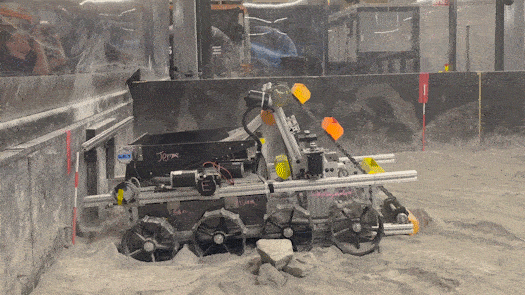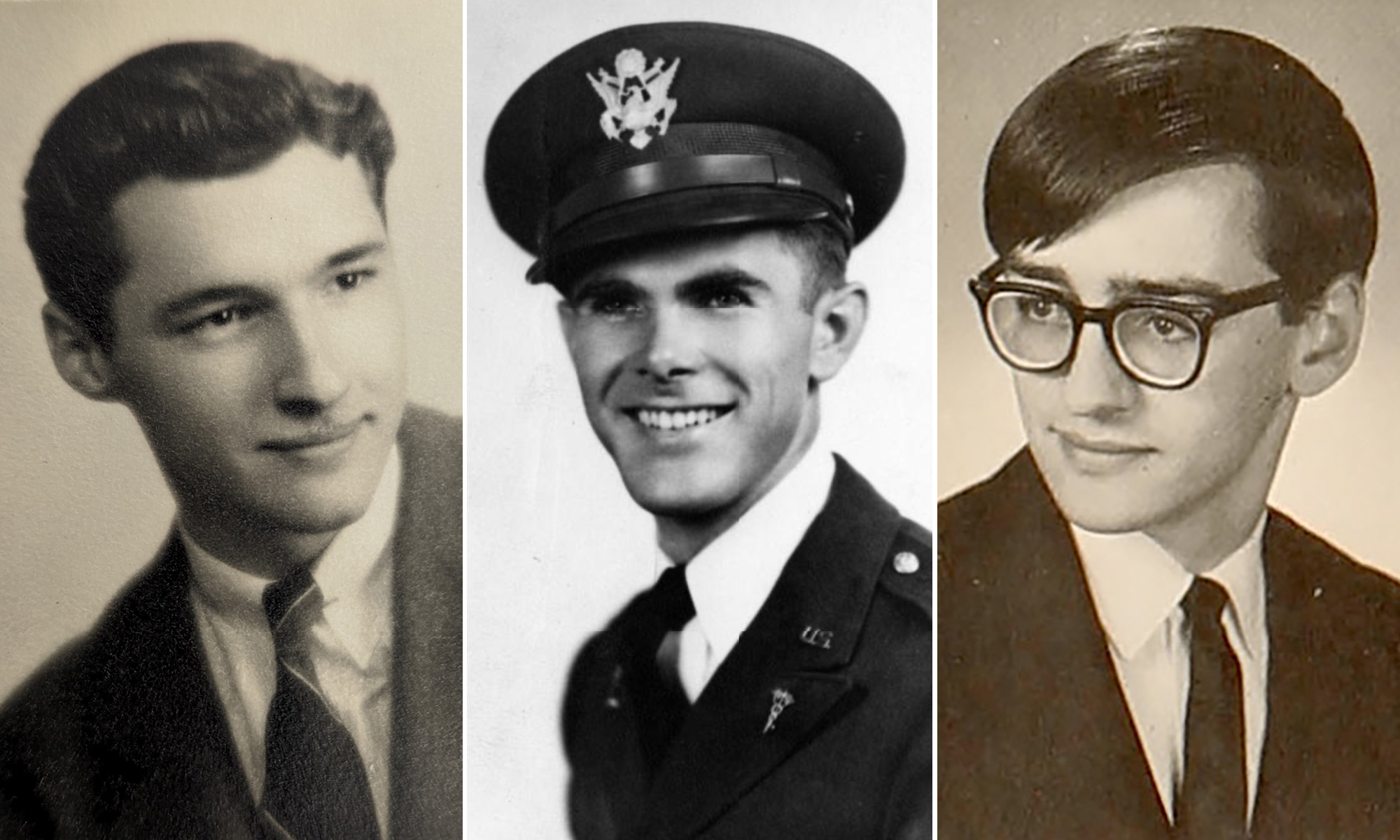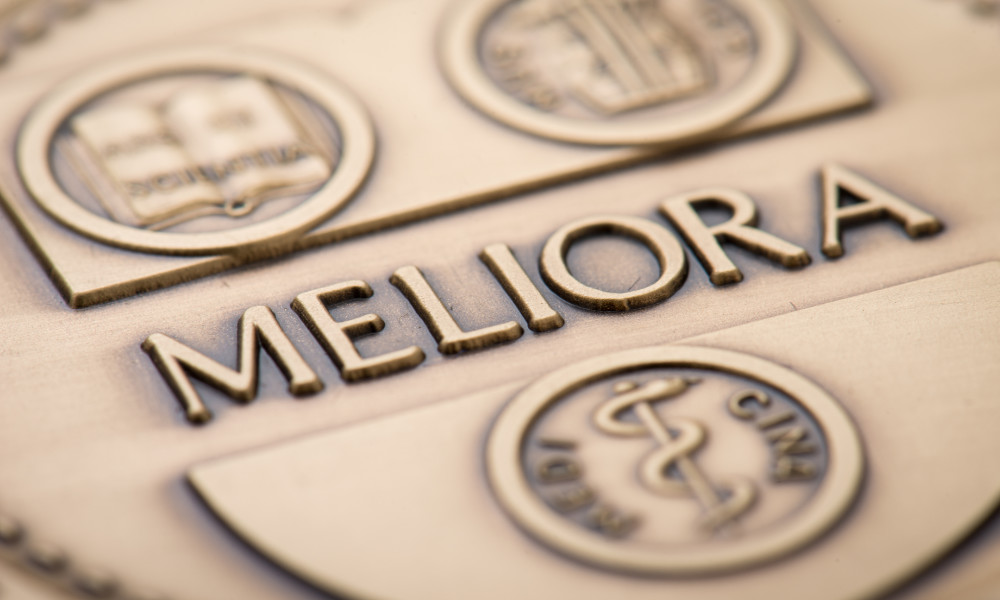The Medical Emergency Response Team, a River Campus student organization, has paused its responses to calls while it undergoes evaluation.
MERT (Medical Emergency Response Team) is a longstanding recognized student organization on the River Campus at the University of Rochester, and a New York State-certified Basic Life Support First Response Agency. The highly trained student MERT members work throughout the academic year to respond to student health needs and emergencies, and all MERT care is free and confidential. The group is advised by the Office of the Dean of Students in the College, University Health Service, and Dr. Erik Rueckmann, emergency medicine physician at Strong Memorial Hospital.
As a student organization within the College since its founding in 1972, MERT has grown and strengthened its level of service to the point at which questions of sufficient and appropriate oversight, compliance with dynamic guidelines and regulations, and appropriate insurance coverage for the organization and its members have become issues needing careful consideration.
Both College and MERT leaders are currently evaluating whether the organization would be better suited under a different organizational structure, or possibly better aligned through a partnership with a health unit or department. During this evaluation, MERT’s active responses to student calls are being paused, but all other MERT group activities will continue, including the training that MERT members undertake to be medically certified responders.
How MERT works
Every night during the academic year, from 8 p.m. to 8 a.m., a three-member MERT crew is on duty to respond to any call from a student on the River Campus, at Brooks Landing/Brooks Crossing, and at Southside. Additionally, MERT members respond to several calls for assistance during the day. All calls come into the Department of Public Safety (DPS) dispatch line, and both MERT and a DPS officer together respond to a situation.
MERT members carry all of the same medical equipment and supplies as an emergency medical technician and are required to have up-to-date EMT certification, which follows completion of more than 300 hours of classes, labs, and exams, as well as a six to 12 month process during which the student volunteers have to show competency in a range of clinical and emergency response skills.
MERT does not transport students to the hospital. This is often handled by an American Medical Response (AMR) ambulance, or in some cases by a DPS vehicle, depending on a number of factors following an assessment of the student’s health situation.
Organizational and operational evaluation
During MERT’s organizational evaluation—which will be led by Dean of Students Matt Burns and MERT leaders—models of similar student EMT programs at other colleges and universities will be reviewed for guidance.
“An evaluation of the organization will include looking at potential models of operation, which can provide to the University the same or even stronger level of service as we have enjoyed while MERT has been in operation, as well as one that will provide our students with new opportunities to get involved and engage in hands-on experiential learning,” says Burns.
MERT will continue as a recognized and active student group during this time, and is still requesting that applications to join the organization be received by Friday, September 10.
Because all MERT calls come into the DPS dispatch call center, DPS officers will be the primary responders to student calls for assistance until MERT returns to active responses. An AMR ambulance will be called if Public Safety is unable to solely handle a particular student health situation, and trained counselors remain available for a mental health crisis.
“We hope to emerge from this pause and evaluation as a stronger and more efficient organization,” says MERT Crew Chief Joseph Ricottone ’22, who currently leads the 60-plus-member group. “We aim to work with administrators to find an operational structure that is as safe and effective for the student body as possible. In the meantime, we continue to train and refine our skills so that we will be ready to return to active operation. We look forward to providing care again and thank everyone for their patience and support during this process.”
Read more
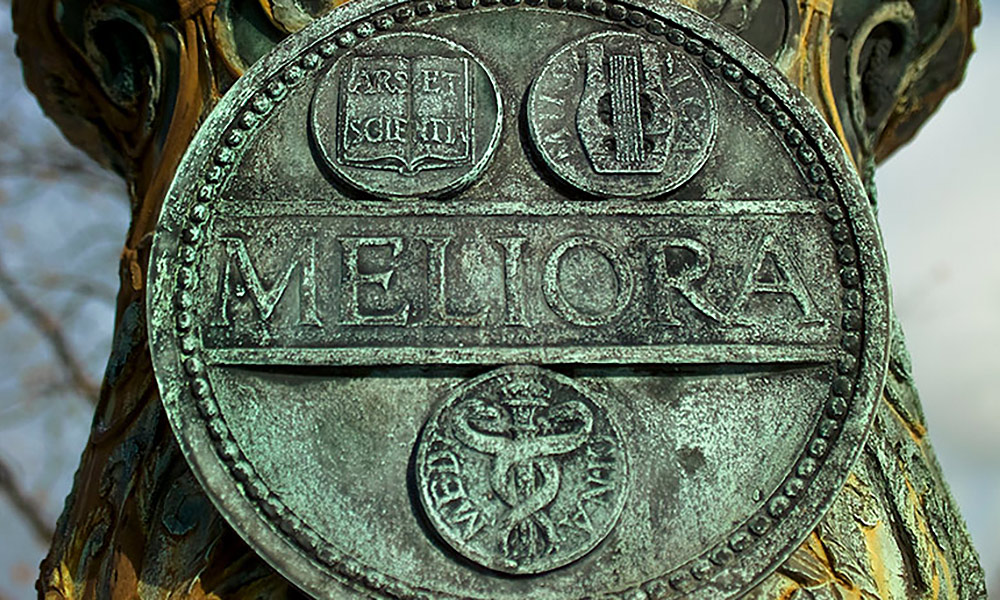 University-wide coalition on student mental health and wellness is formed
University-wide coalition on student mental health and wellness is formedThe group will assess the current state of student mental health at the University of Rochester and make recommendations to improve student well-being.
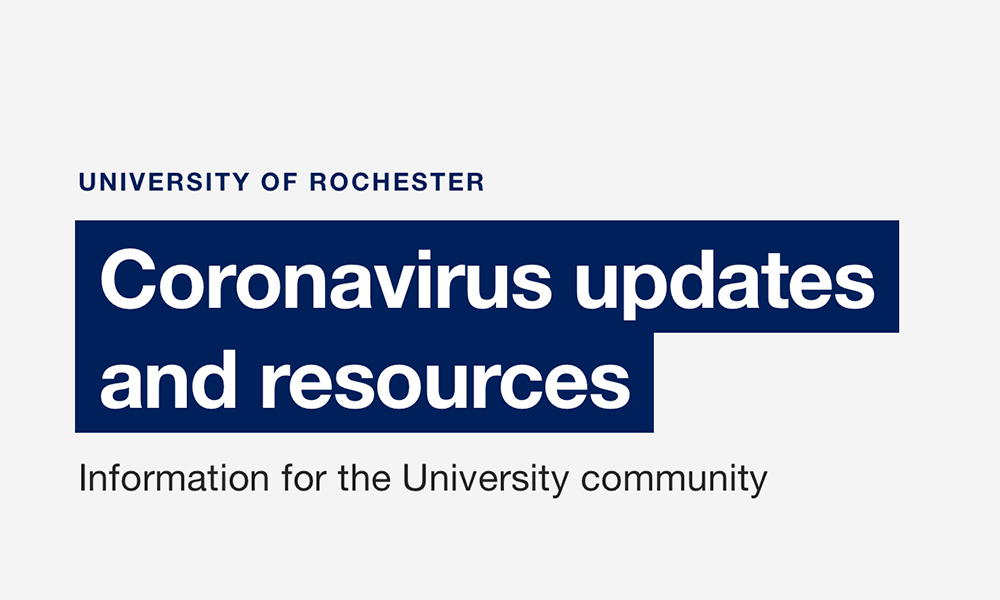 COVID-19 Resource Center
COVID-19 Resource CenterGet the latest news, updates, and guidance regarding the University’s response to the pandemic.


